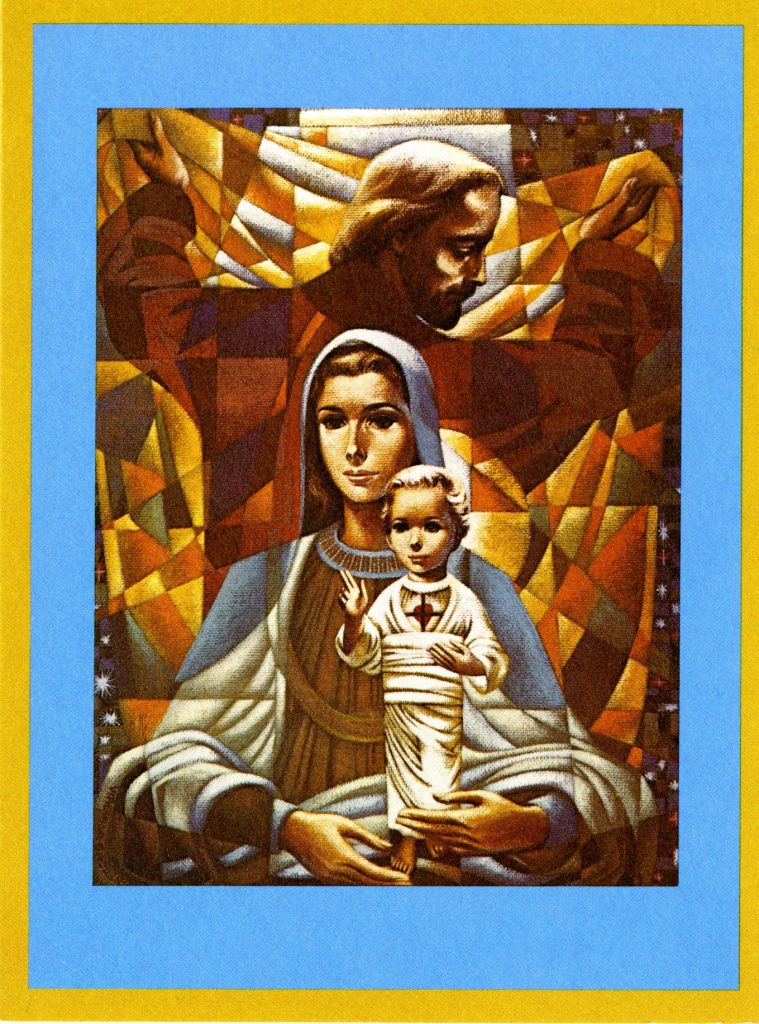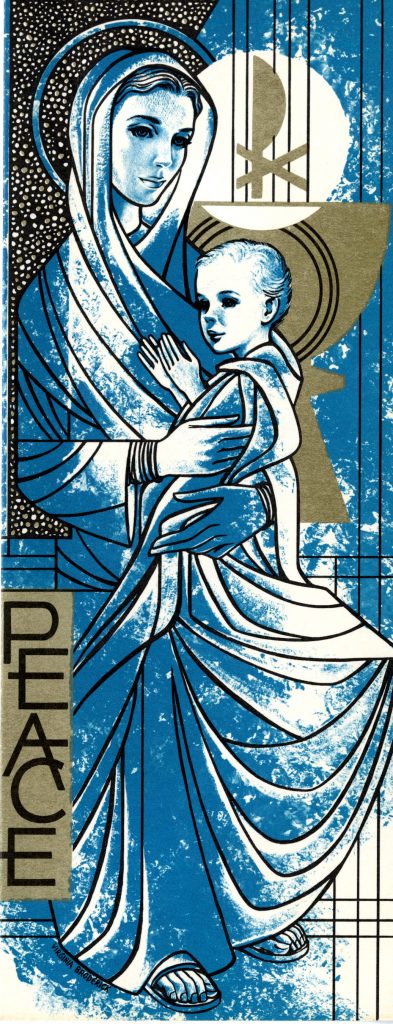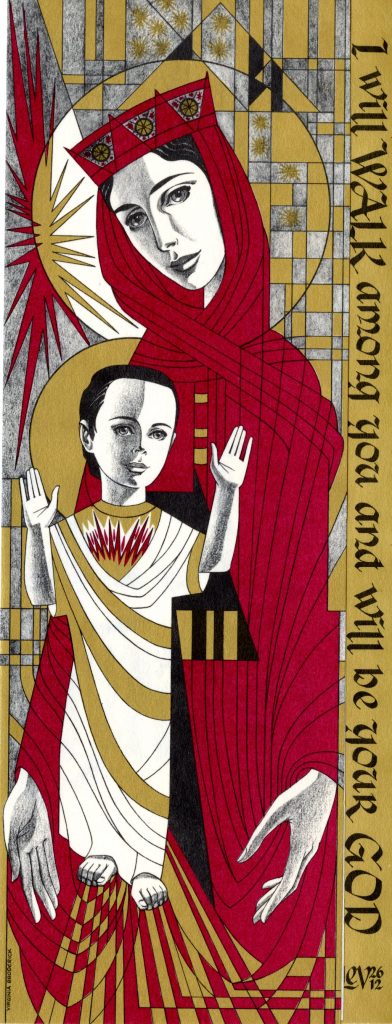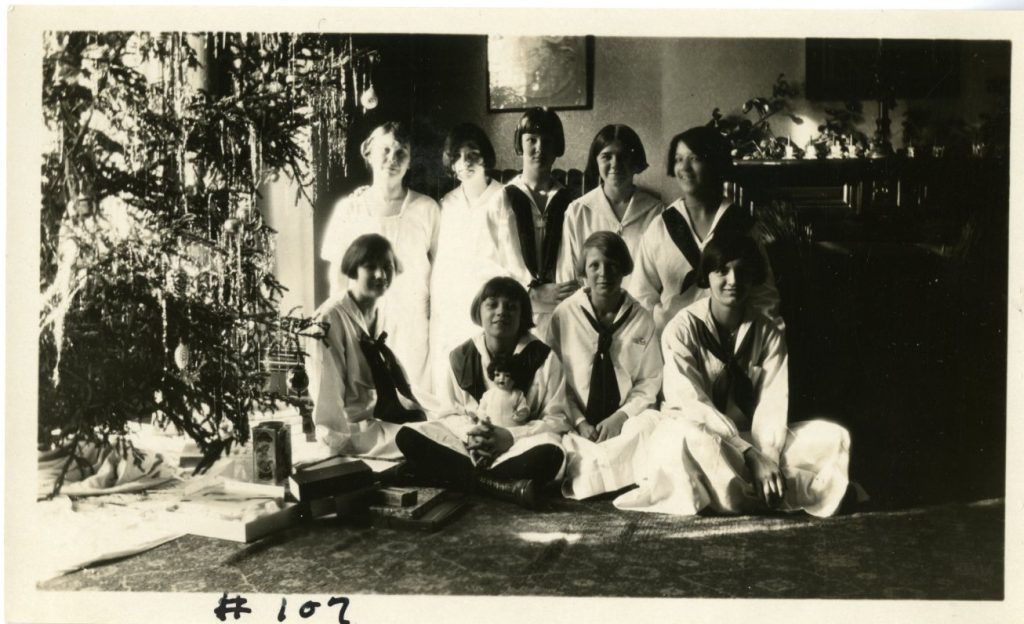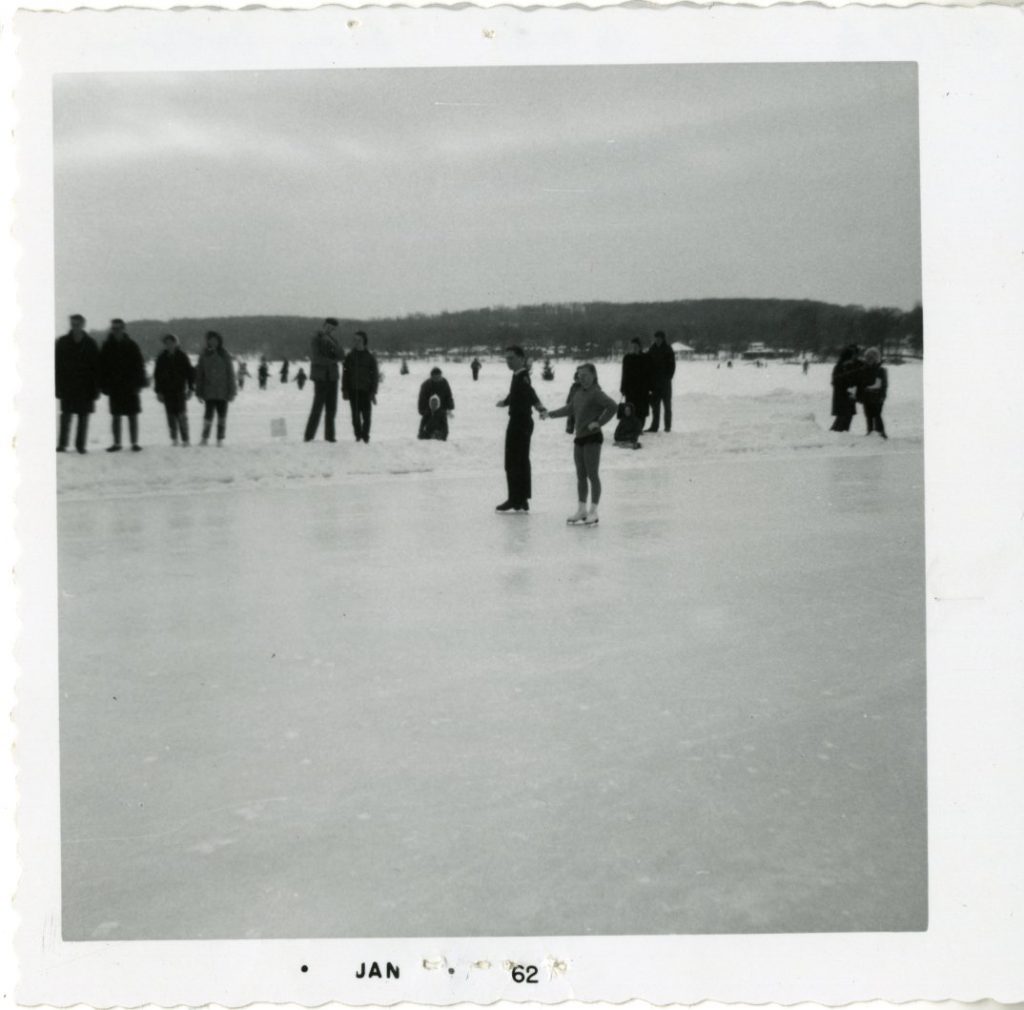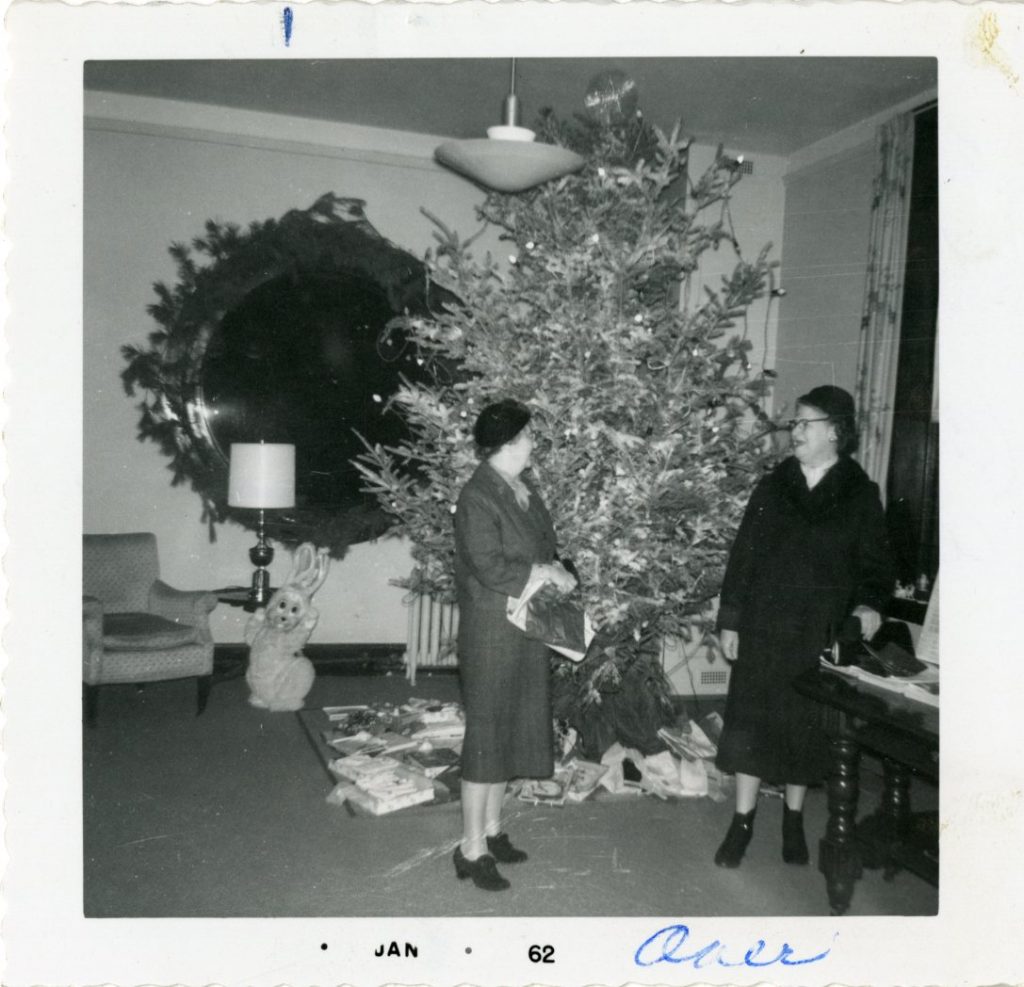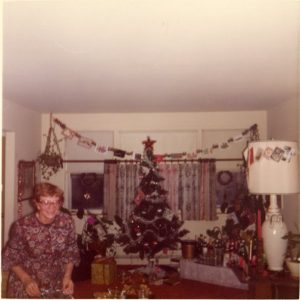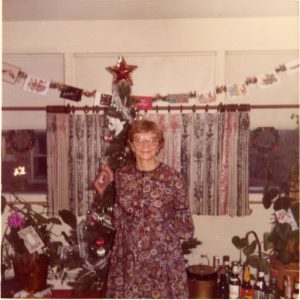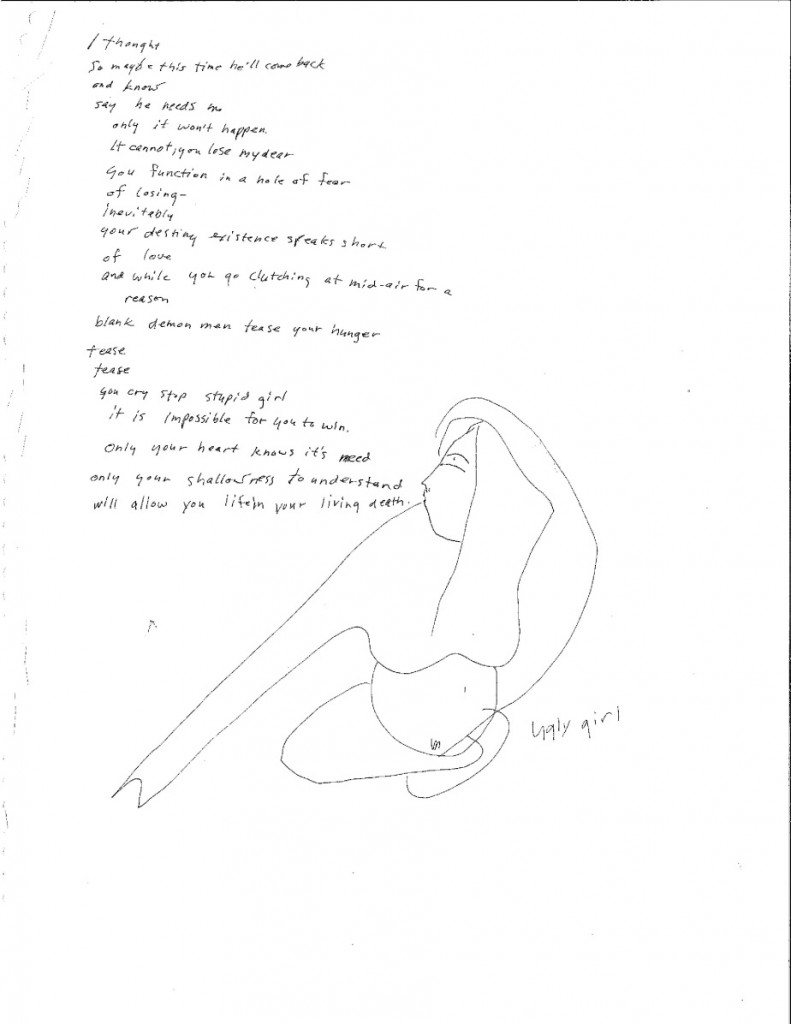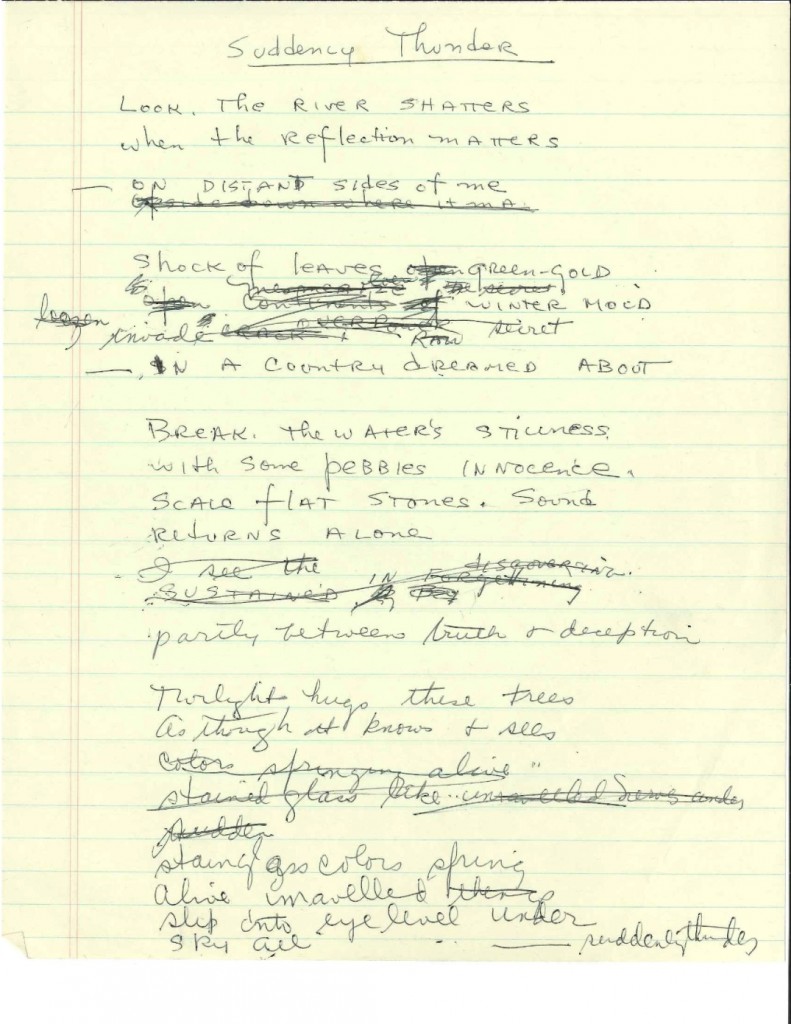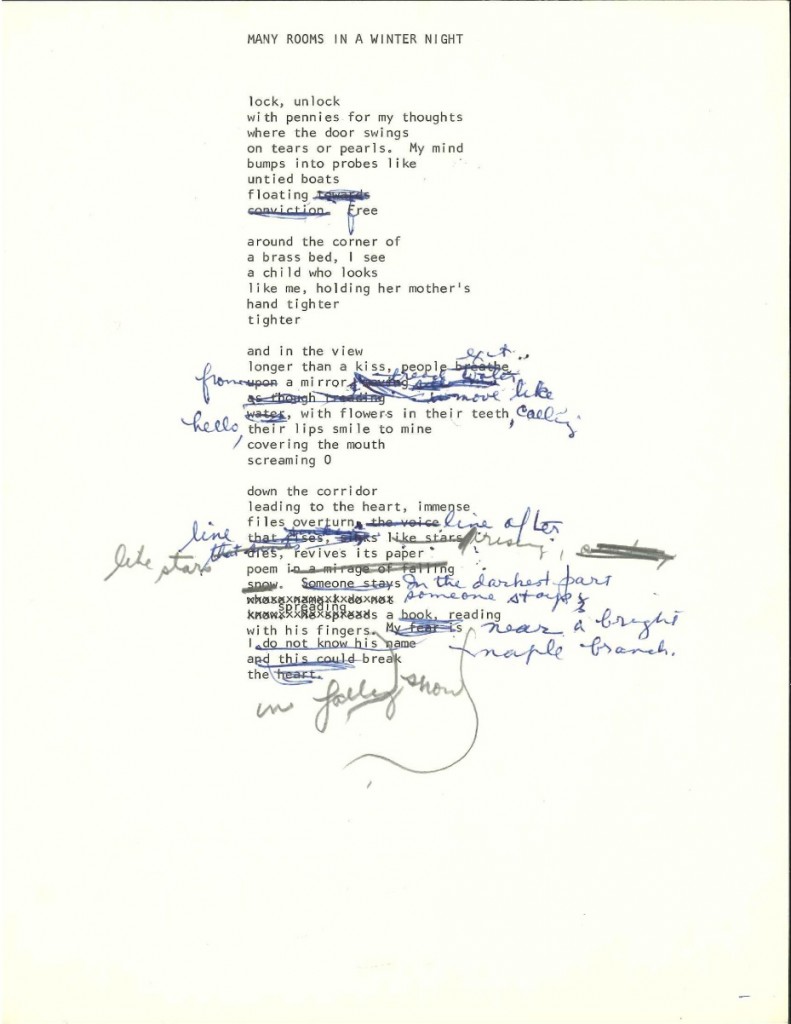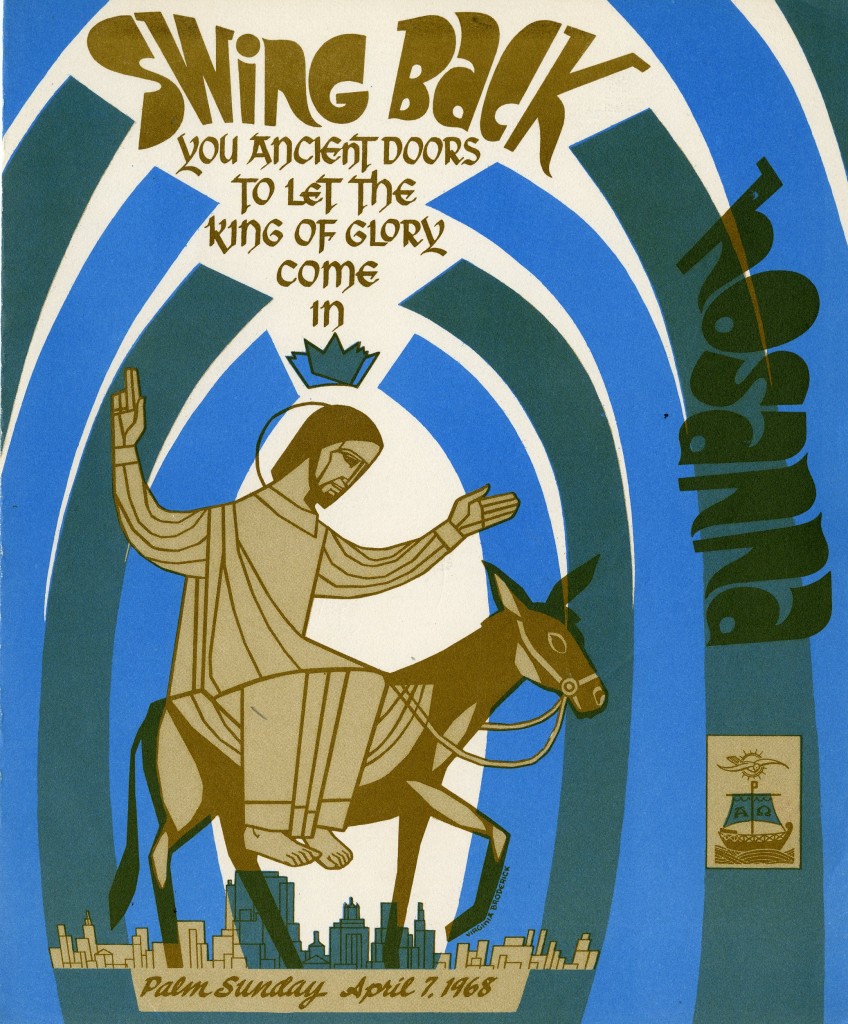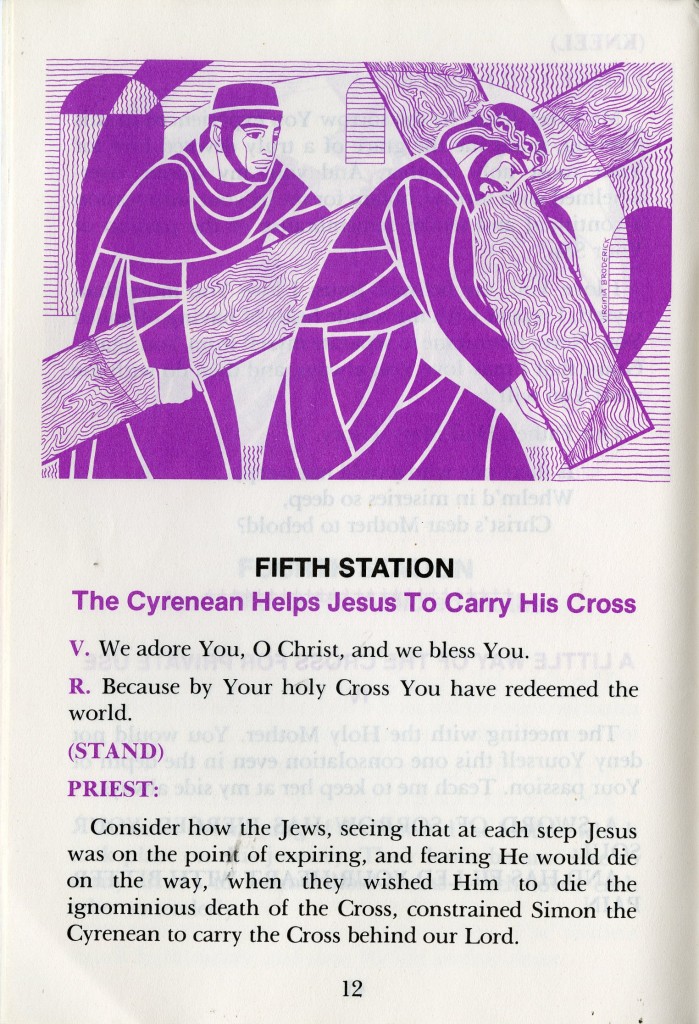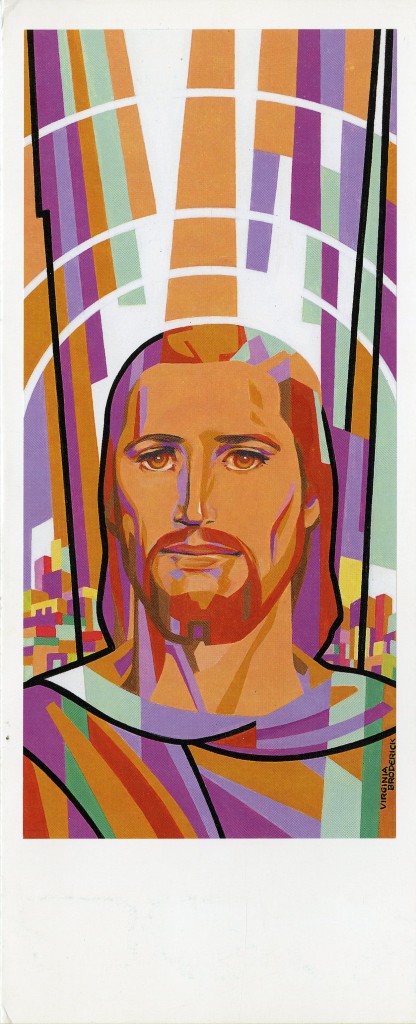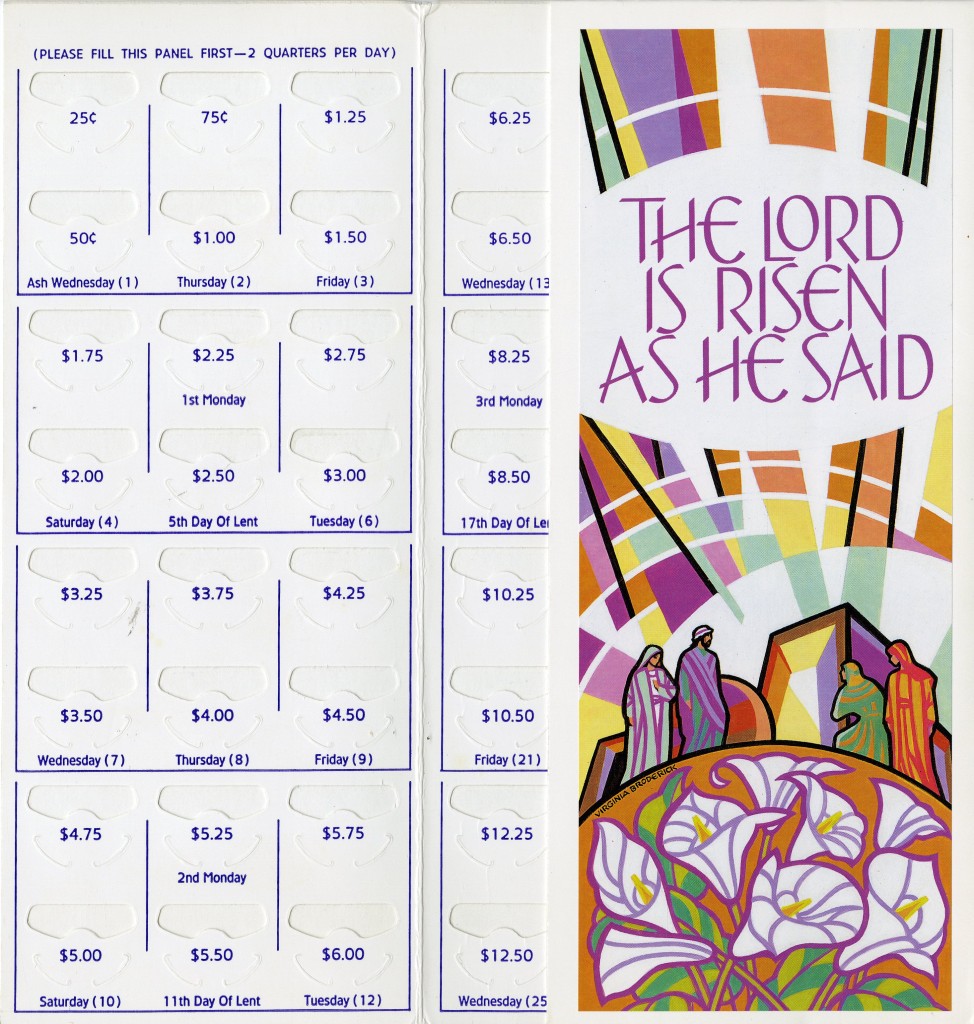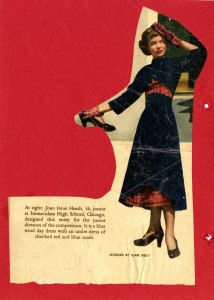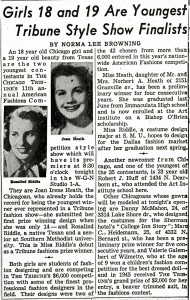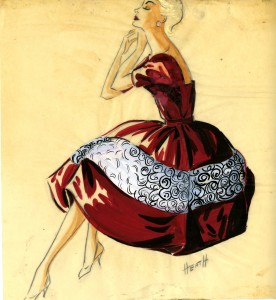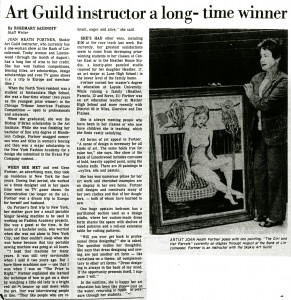With Christmas Day fast approaching, it seems an appropriate time to roll out the WLA’s collections featuring images of the season. Here are some of our favorites!
Virginia Broderick Papers:
Virginia Broderick was a successful artist that specialized in illustrating religious imagery in a style she called “cloisonism”. Influenced by famous Impressionist artists, Broderick employed bright, bold colors to highlight the subjects of her work as well intermittent use of bold lines to outline their shape. You can learn more about Virginia Broderick in this blog post from last Easter. See some of the beautiful Christmas cards she illustrated below:
Eleanor Foundation Collection (Unprocessed):
Founded in the early twentieth century by Ina Law Robertson, the Eleanor Foundation provided housing for working women and single mothers as the industrialization of Chicago opened opportunities for women in wage work at the turn of the century. The Eleanor Foundation also provided social programs for the benefit of its women. At its height in the early 1900s, the Eleanor Foundation boasted a junior league, a summer camp in Lake Geneva, and hosted several events supporting the various pursuits of its members. The organization’s vast outreach efforts were not unlike the famed Hull House founded by Jane Addams. Here are some photos of Christmas celebrations hosted by the Eleanor Foundation through the years:
I don’t know about you, but the bunny in that picture will haunt my dreams.
Legion of Young Polish Women Collection:
This Chicago-based ethnic non-profit works to promote the heritage and traditions of Poland while organizing charitable efforts for the sciences, education, and literature. Founded in 1939, the Legion is still an institution for the Polish community in Chicago to this day. For more about the Legion of Young Polish women, check out their digital exhibit.
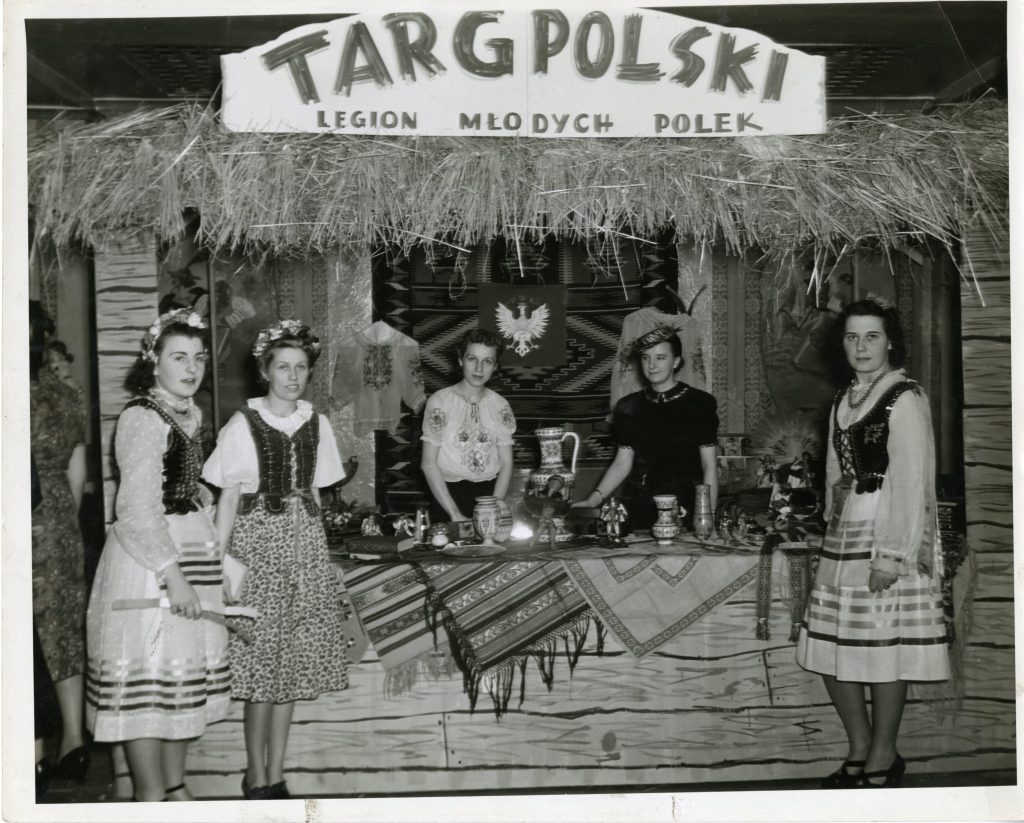
Legion representatives at a Christmas market, ca. 1940. Legion of Young Polish Women Collection, Women and Leadership Archives.
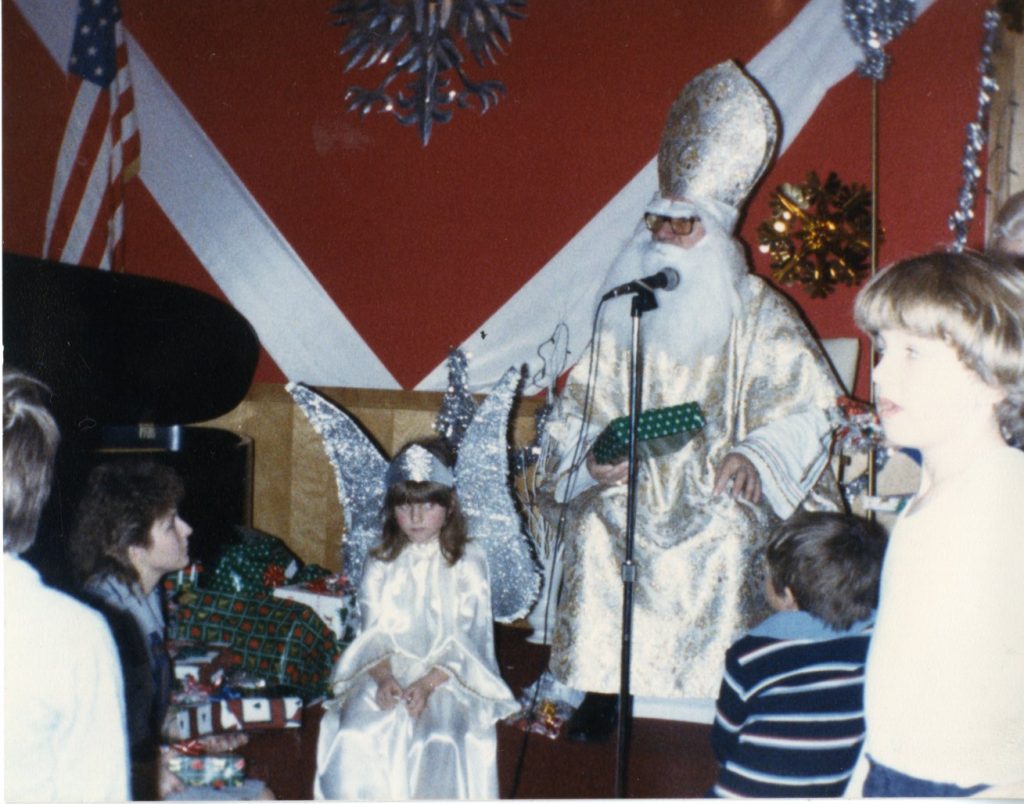
Christmas celebration, ca. 1980. Legion of Young Polish Women Collection, Women and Leadership Archives.
Fun fact: In Poland, December 6th is known as Mikołajki (or St. Nicolaus Day). On this day Mikołaj, or Santa Claus to Americans, visits good little boys and girls and doles out gifts dressed in either bishop’s robes (as seen above) or in the red suit so many associate with the Santa image.
Mollie West Papers:
Labor reformer Mollie West wasn’t all work and no play! Although she came from a Jewish family, Mollie enjoyed the Christmas holiday with her many friends. Here’s a great photo of Mollie at a Christmas shindig. To find out more about Mollie West and her remarkable life, check out the WLA’s newest digital exhibit here.
Ellen is a Graduate Assistant at the WLA and is in the second year of her M.A in Public History at Loyola University Chicago. Before moving to Chicago, Ellen was a Kindergarten teacher in Louisiana. She enjoys brunch, procedural dramas, and pugs.
Loyola University Chicago’s Women and Leadership Archives Blog is designed to provide a positive environment for the Loyola community to discuss important issues and ideas. Differences of opinion are encouraged. We invite comments in response to posts and ask that you write in a civil and respectful manner. All comments will be screened for tone and content and must include the first and last name of the author and a valid email address. The appearance of comments on the blog does not imply the University’s endorsement or acceptance of views expressed.


